Imagine a Barbeque evening, and the first thing you see is Charcoal Briquette.
Charcoal Briquettes have become extremely efficient, easy to light, and cost-effective solutions for an application like dyeing, bleaching, distilleries, food processing, and many others.
Technically, Briquettes is a French word that means a block of coal dust made from a biomass fuel generally used as a fuel or igniting a fire. When the biomass used in creating the briquettes is charcoal (A light carbon dust), it is called Charcoal Briquettes.
Since charcoal has always been used as an industrial fuel traditionally in blast furnaces, copper smelting, and many others, the charcoal briquettes just opened more ways to use charcoal for cooking fuel as well. Also, charcoal is easily available as waste material from many industrial processes; creating briquettes is an excellent recycling application.
History Of Charcoal Briquettes Invention
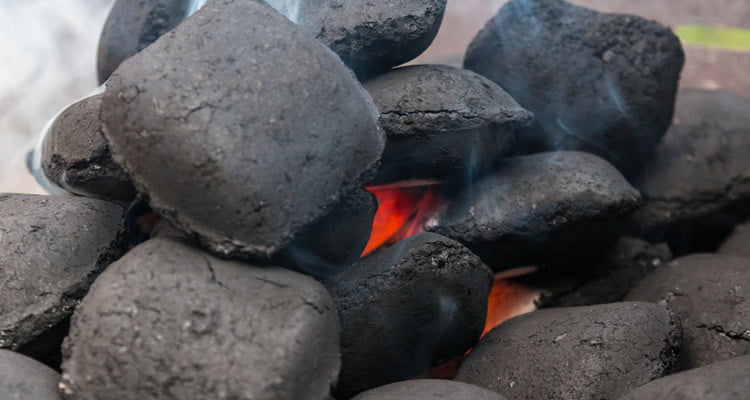
Ellsworth B. A. Zwoyer of Pennsylvania in 1897, first invented and patented the charcoal briquette and it was first produced by the Zwoyer Fuel Company, but the real production of charcoal briquettes was started by a company called Ford Charcoal founded by the automobile legend, Henry Ford.
Henry Ford is well known for his inventions in automobile assembly lines, but very few people know that he was the entrepreneur who started producing and selling charcoal briquettes. The story of how these briquettes saw the light of the day is fascinating and inspiring.
It started around 1919 when Henry Ford was running an automobile company in Detroit and was selling a huge number of cars every year. For assembling several pieces of the cars, including the dashboard, steering wheels, and other accessories, the company needed 100 feet of board cut in a certain shape and dimension.
To source the timberland, he connected with a Michigan-based businessman Edward. G. Kingsford, and after finding the materials suitable for his requirement, Ford started another subsidiary sawmill in Michigan that used to supply timberland from Michigan to Detroit crafted uniquely for the automobile needs.
The sawmill started supplying the required timberland to the automobile company, but soon Henry Ford noticed a lot of waste from the mill in the form of stumps, sawdust, and scrap wood. Henry was an environmentalist from the very beginning and believed in reduce, reuse, and recycle. Seeing the waste, he came up with the idea of using this waste to produce charcoal briquettes. With some initial experiments, he was able to create some raw form of charcoal briquettes.
The manufacturing process used was simple, which is still being used by the manufacturers. It involved four majors steps, i.e., a) Charring the word, meaning hammering the wood to the finest possible grind by either using a batch or a continuous process. b) Carbonizing the coal of any type (sub-bituminous, lignite to anthracite.) to produce high temperatures c) Bricking meaning treating the charred wood under high temperature and last d) creating the desired size of charcoal briquettes appropriate for sale, usually seven-inch size is used by most of the industries.
Soon, he started using these in outdoor picnic and backyard cooking as an experiment. The idea worked well, and Henry started another firm alongside the timberland sawmill to start manufacturing these best Charcoal briquettes for smoking from the waste of the sawmill. Once the production started, he started selling them for picnic barbeques, etc.
The company started booming, and soon in 1951, some investors bought the firm and renamed it Kingsford Charcoal which is still one of the biggest manufacturers of America and uses tons of wood waste from various industries to manufacture charcoal briquettes and sell them.
Final Words
Today, Charcoal briquettes are an integral part of cooking, water heating, and space heating across different industries like commercial catering, gasification, food processing, textiles, hospitalization, and domestic use. We must credit the environmentalist business legend Henry Ford, who created an extremely useful resource from waste that could otherwise have no value.
This inspiring story of the charcoal briquettes invention gives a lot of hope to new entrepreneurs and environmentalists to creatively think and start innovating around sustainable waste management solutions in this current era of global warming and real climate change.

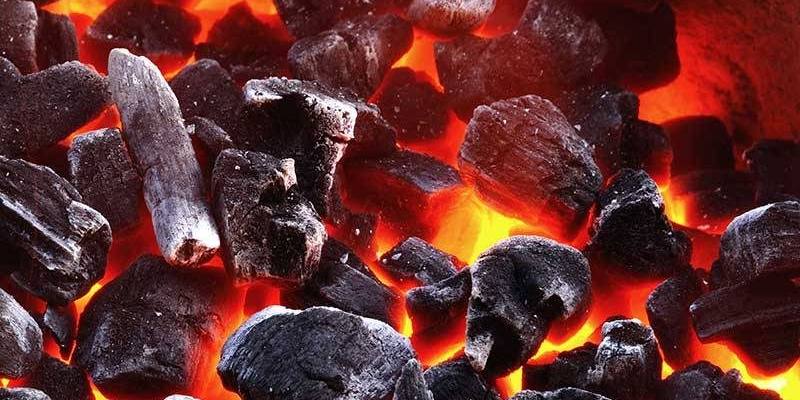




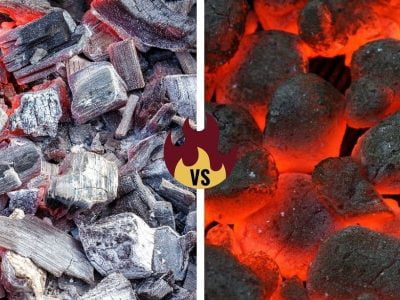


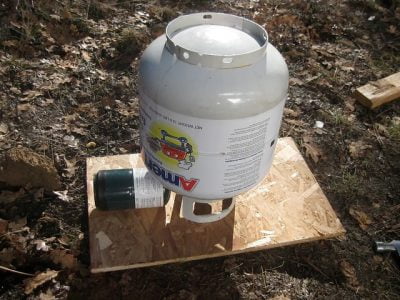


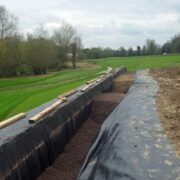

Comments